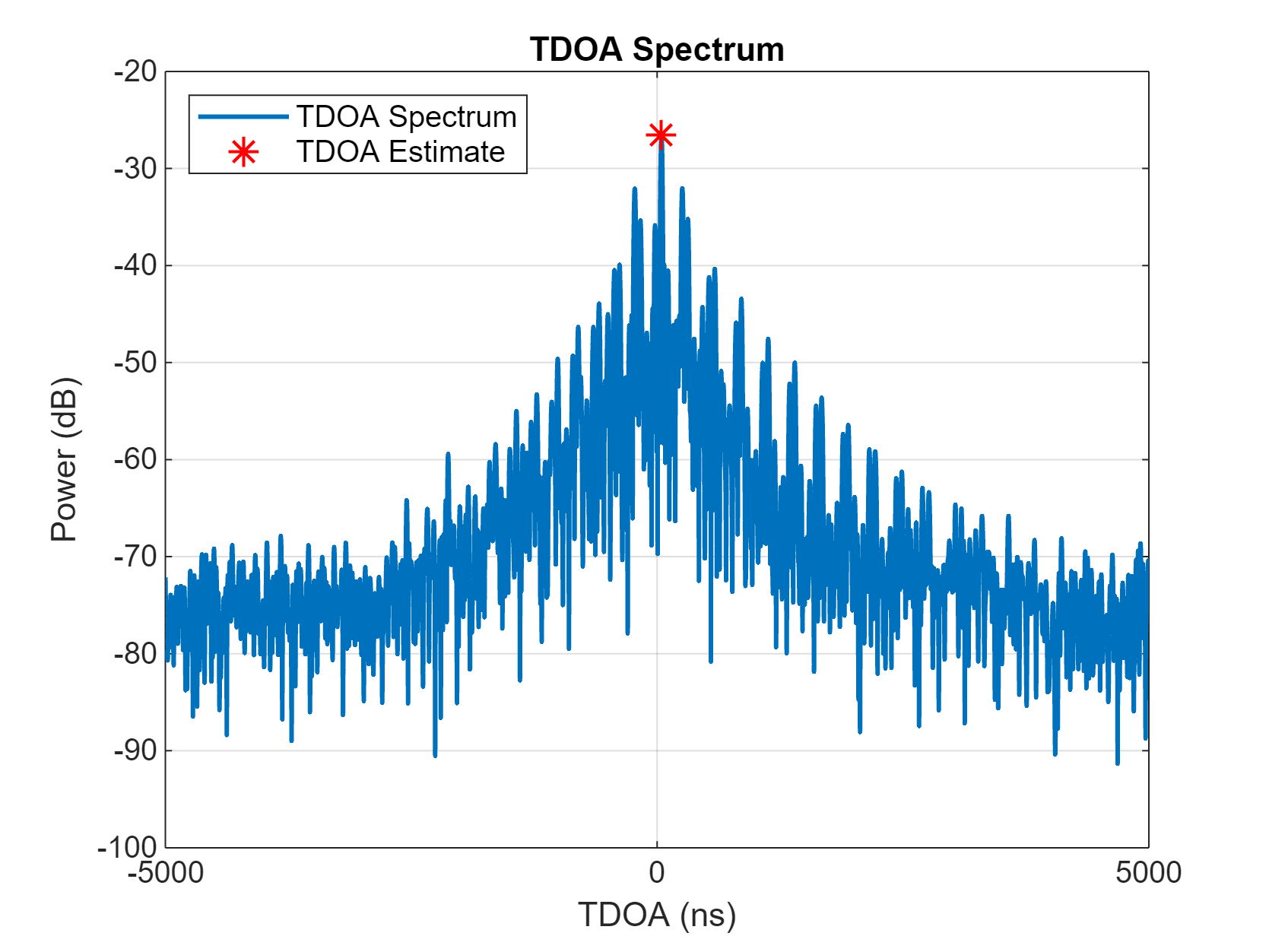tdoaposest
Syntax
Description
Estimate target positions from time-difference-of-arrival (TDOA) measurements and anchor positions. Estimate variances of the target positions.
Examples
Input Arguments
Output Arguments
Algorithms
References
[1] Zekavat, Seyed A., and R. Michael Buehrer, eds. Handbook of Position Location: Theory, Practice, and Advances. IEEE Series on Mobile & Digital Communication. Hoboken, New Jersey: Wiley-IEEE Press, 2019.
[2] Molisch, Andreas F. Wireless Communications: From Fundamentals to Beyond 5G. Third edition. IEEE Press. Hoboken, NJ: Wiley-IEEE Press, 2023.
[3] Chan, Y.T., and K.C. Ho. “A Simple and Efficient Estimator for Hyperbolic Location.” IEEE Transactions on Signal Processing 42, no. 8 (August 1994): 1905–15. https://doi.org/10.1109/78.301830.
[4] R. Amiri, F. Behnia and A. Noroozi, "An Efficient Estimator for TDOA-Based Source Localization With Minimum Number of Sensors," in IEEE Communications Letters, vol. 22, no. 12, pp. 2499-2502, Dec. 2018.
[5] Marco Compagnoni et al., "A geometrical–statistical approach to outlier removal for TDOA measurements," in IEEE Transactions on Signal Processing, vol. 65, no. 15, pp. 3960-3975, Aug. 2017
[6] Jie Xiong, Karthikeyan Sundaresan, and Kyle Jamieson, "ToneTrack: Leveraging Frequency-Agile Radios for Time-Based Indoor Wireless Localization," in Proceedings of the 21st Annual International Conference on Mobile Computing and Networking (MobiCom '15), pp. 537–549, 2015.
[7] M. Malanowski and K. Kulpa, "Two Methods for Target Localization in Multistatic Passive Radar," in IEEE Transactions on Aerospace and Electronic Systems, vol. 48, no. 1, pp. 572-580, Jan. 2012.
[8] P. Stoica and J. Li, "Lecture Notes - Source Localization from Range-Difference Measurements," in IEEE Signal Processing Magazine, vol. 23, no. 6, pp. 63-66, Nov. 2006.
